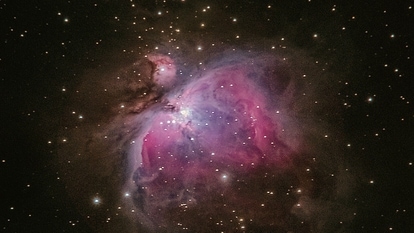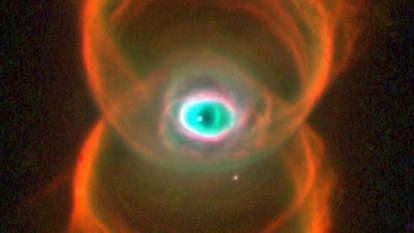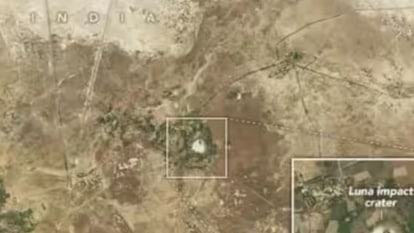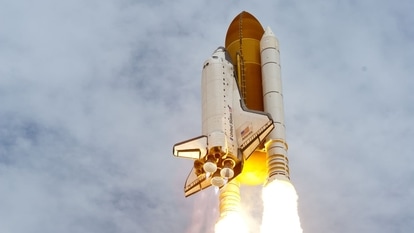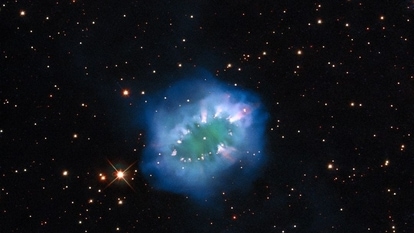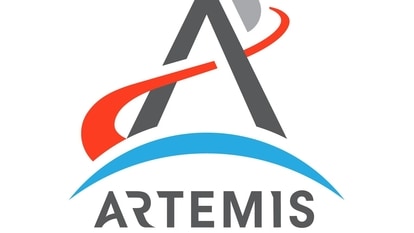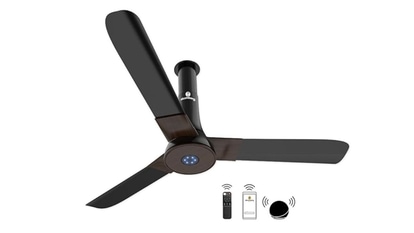Geomagnetic storm THREAT! Sun blasts powerful CME towards the Earth
There is a chance that a powerful geomagnetic storm may hit Earth between January 14-15 as the Sun has blasted a coronal mass ejection towards the planet. Know how it may affect us.
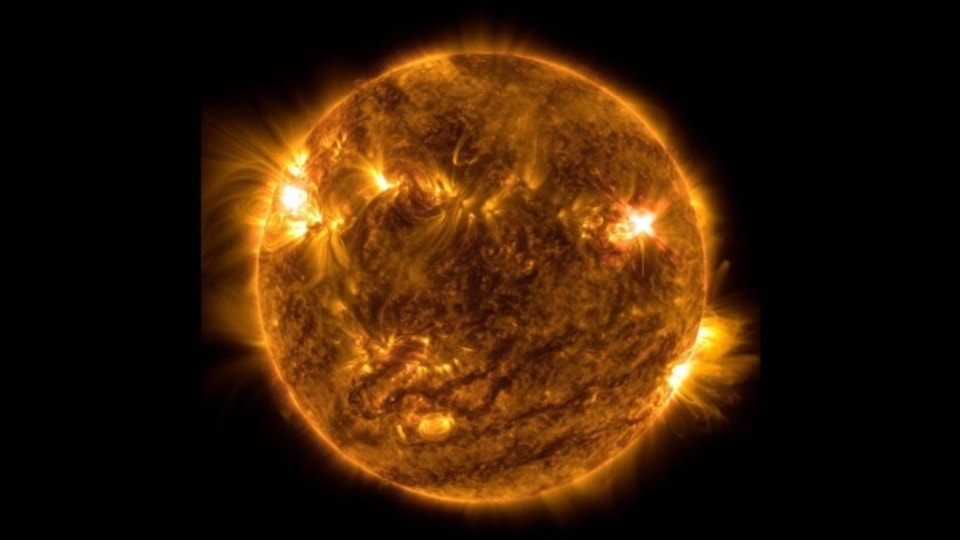

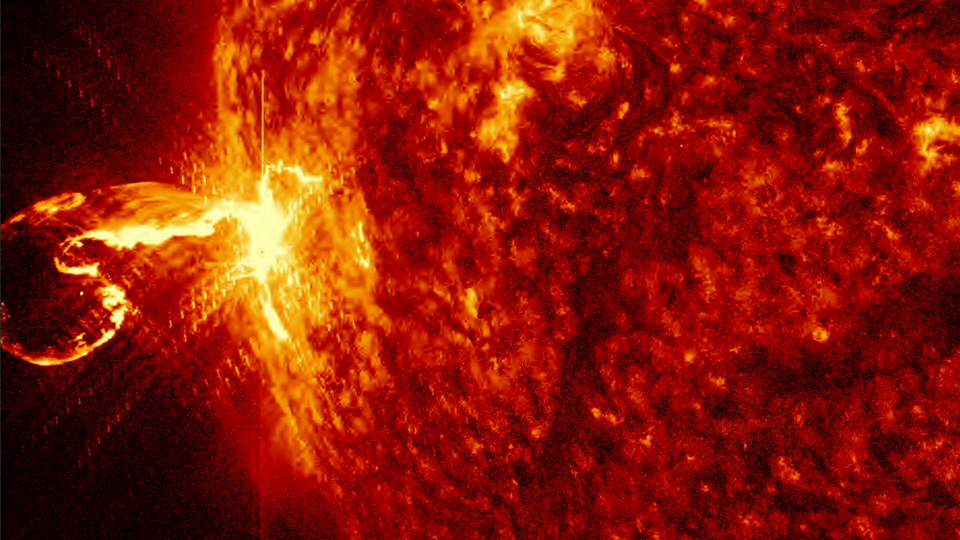
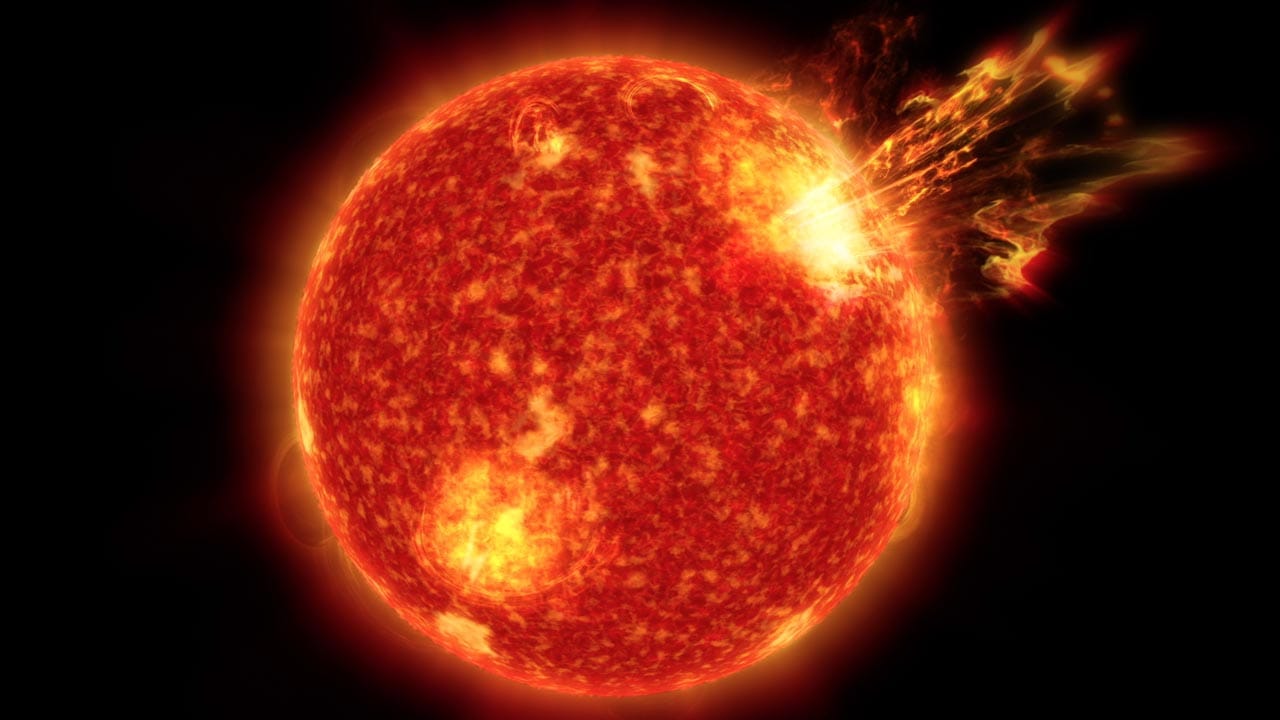
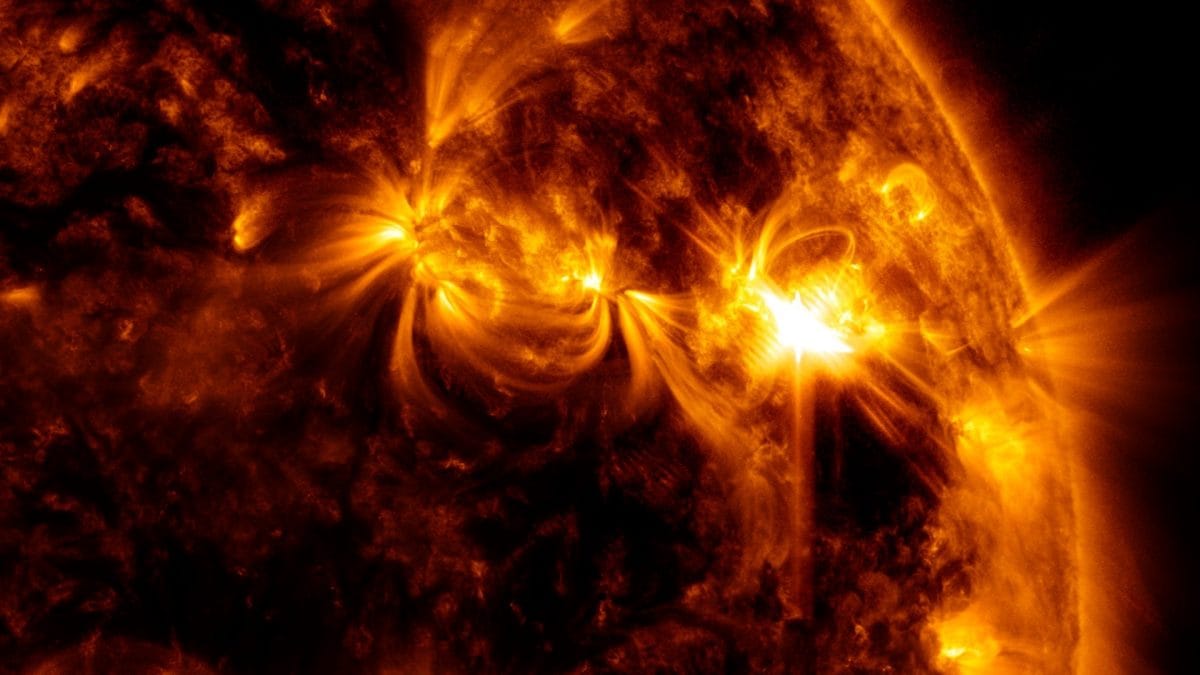
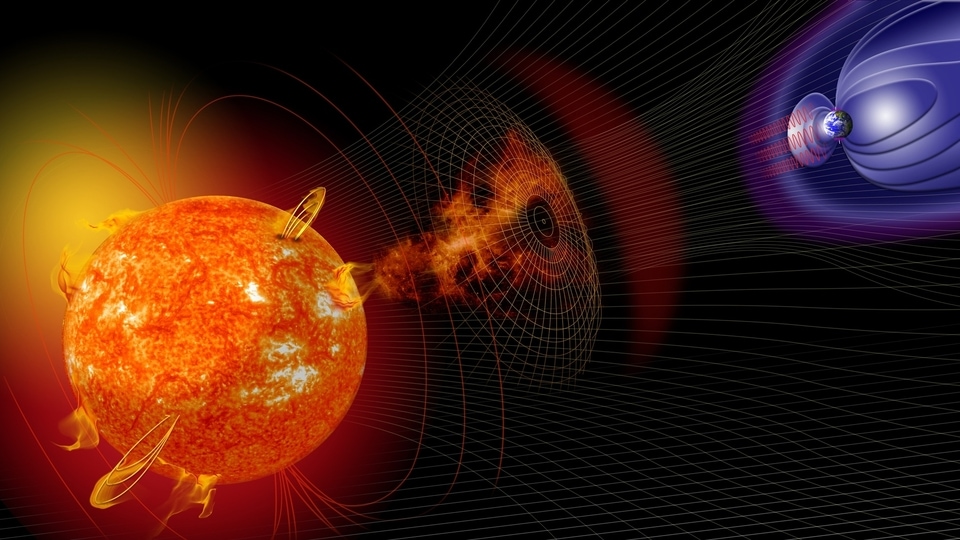
 View all Images
View all ImagesAfter a brief period of quiet this week and narrowly escaping a strong possibility of an X-class solar flare eruption, now the Earth is faced with the prospect of being pummeled by a geomagnetic storm. This particular storm can strike our planet today, January 14, or even January 15. As a result of multiple medium solar flares erupting earlier in the week, a cloud of coronal mass ejections (CME) was released from the surface of the Sun and it is headed in our direction. If it hits us, there could be dire consequences. But will it strike us? Read on to find out.
According to a report by SpaceWeather.com, “Minor G1-class geomagnetic storms are possible on Jan. 14-15 in response to glancing blows from one or more CMEs. The storm clouds were hurled into space by the collective activity of many flares earlier this week”. However, the report also underlined that none of the CMEs are pointed towards the Earth and there is a chance that it may miss us entirely. Things will get clearer as the solar clouds approach closer.
Geomagnetic storm threatens the Earth
If you think geomagnetic storms can only cause aurora light displays, then think again. CME particles carry a huge amount of magnetic energy. And when it strikes the magnetosphere around Earth, it can create massive magnetic flux. This can affect nearby satellites and damage the instruments aboard them. In fact, if it corrupts a satellite's central system, it can even crash.
But the impact of geomagnetic storms is not limited to the upper atmosphere. If a storm is particularly strong (G-5 class), it can damage GPS, impact mobile networks and internet connectivity as well as cause power grid failure. It can also cause malfunctions in our electronic devices. But even if this geomagnetic storm strikes us, the current prediction claims that it will only be of G1-class strength, which should not be very concerning.
How NASA plays a role in monitoring geomagnetic storms
Among many satellites and telescopes observing the Sun currently, one is the NASA Solar Dynamics Observatory (SDO). The SDO carries a full suite of instruments to observe the Sun and has been doing so since 2010. It uses three very crucial instruments to collect data from various solar activities. They include Helioseismic and Magnetic Imager (HMI) which takes high-resolution measurements of the longitudinal and vector magnetic field over the entire visible solar disk, Extreme Ultraviolet Variability Experiment (EVE) which measures the Sun's extreme ultraviolet irradiance and Atmospheric Imaging Assembly (AIA) which provides continuous full-disk observations of the solar chromosphere and corona in seven extreme ultraviolet (EUV) channels.
Catch all the Latest Tech News, Mobile News, Laptop News, Gaming news, Wearables News , How To News, also keep up with us on Whatsapp channel,Twitter, Facebook, Google News, and Instagram. For our latest videos, subscribe to our YouTube channel.



